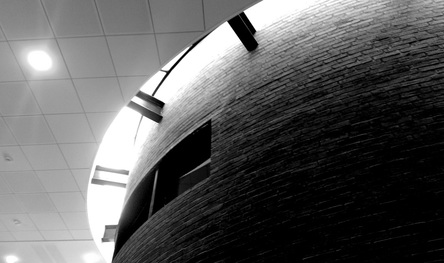 The world as we know it today finds ideas and information the most powerful tool. In the fashion industry, insight on upcoming trends is one of the most valuable pieces of information a designer could have. Luckily for me, Scandinavians are big on uniting forces when it comes to assuring a strong position in the international fashion scene. For the last past 4 weeks I’ve been having the privilege of visiting the exclusive Dansk Fashion and Textile who is providing the entire industry with analyses, events, training, projects, networking and political work. Companies may choose to become a member in exchange of a substantial fee. Among these services, they have a wonderful unique trend library. A designer may be granted access to it but the costs are very high so before one may do this he/she should consider if the investment will be returned. Big and influential companies come here before they start designing for a new season, that way they can stay up to date with the “next big thing” on design trends. The trend library is equipped with the latest books and materials from internationally renowned trend agencies such as PeclersParis, A+A and Carlin as well as a constantly updated electronic trend database – WGSN; basically a designer’s wonderland and a lovely space to get inspired. Needless to say I lost my marbles the first time I went there. Given its classified content, you are allowed only pen and paper in the library. Fortunately, I got a special pass to take some photos for my article, to give you a visual. Slowglam, Nature Spun, Metallic Ombré, Artificial Animism – to name a few of the trend books forecast titles I have noted down for the 2017 predictions. Fortunately I managed to meet my main goal which was, of course, to complete my previous research and train of thoughts I had for my new upcoming project. I will, of course, keep you posted ;)
0 Comments
It’s the most popular item in your wardrobe, but have you ever wondered about your jean’s quality and the fibers they are made of? Why does the colour wear out more quickly for some pairs and why some of them feel softer against your skin? In order to understand what makes better denim fabric I’ve done some fabric tests, on a widely used denim fabric, according to European (ISO) testing standards such as: colour fastness to washing and rubbing, fiber composition and yarn structure. For the first test, a GyroWash machine is used to determine colour fastness to washing, dry cleaning and chlorinated water. Both colour staining and colour change tests revealed fair quality, giving a grade of 4/5 out of 5. ECLA’s (The European Apparel and Textile Confederation) recommendation is at least 4 for colour staining and color change.[1] [1] Colour staining assessed according to grey scale ISO 105-A03 (light grey) was 4/5 out of 5, and colour change was also 4/5.
Este cel mai popular element din garderoba ta, dar te-ai întrebat vreodată despre calitatea si fibrele din care sunt realizati blugii tai? De ce rezista culoarea mai putin pentru unele perechi si de ce anumiti blugi se simt mai moi pe pielea ta?
Pentru a înțelege mai bine ceea ce inseamna o tesatura buna de denim, am ales un tip de denim regasit in mare masura pe piata si am făcut cateva teste pt tesatura in conformitate cu standardele (ISO) de testare european, cum ar fi: rezistența culorii la spălare și frecare, compoziția fibrei și structura de fire. Pentru primul test, a fost folosita masina GyroWash pentru a determina rezistenta culorii la spălare, curățare uscată și apa cu clor.Atat testul pentru transferul de culoare cat si cel pentru decolorare au dezvaluit o calitate echitabila a materialului, oferind o nota de 4/5 din 5. Recomandarea ECLA (Confederatia Europeana de Imbracaminte și Textile) este de cel puțin 4 pentru transferul de culoare și schimbare de culoare. [1] Al doilea test (Rezistența culorii la frecare) a necesitat folosirea unui crockmeter (tester pentru purtare si abraziune). Testul a fost executat atât cu o bucată de bumbac umed cat si una uscata. Ambele teste au aratat o reactie decenta a materialului la procesul de frecare, rezultand o nota de 4/5 din 5 pentru bumbacul uscat si o nota de 3/4 pentru bumbacul umed. Recomandarea ECLA este de cel puțin 4 pentru transferal de culoare pe bumbac uscat și 3-4 pentru transferul de culoare pentru bumbacul umed.[2] Ultimele 2 teste privind compoziția fibrei și structura firelor a dezvăluit fibre de bumbac 100% și o tesatura OE (open-end) pentru fire. Tesatura OE este încețoșată și va absorbi întotdeauna culoare mai bine în miezul ei, prin urmare, materialul textil va avea o rezistenta mai crescuta a culorii. In concluzie, tesatura care a fost testate a trecut recomandarea ECLA, dar exista tesaturi care pot oferi rezultate si mai bune. Sfaturi pentru utilizatori:
[1] Transferul de culoare evaluat în funcție de gri ISO 105-A03 (gri deschis) a fost 4/5 din 5, și schimbarea culorii a fost de asemenea 4/5. [2] Transferul de culoare evaluat în funcție de gri ISO 105-A03 a fost 4/5 pentru bumbac uscat și 3/4 pentru bumbac umed. |

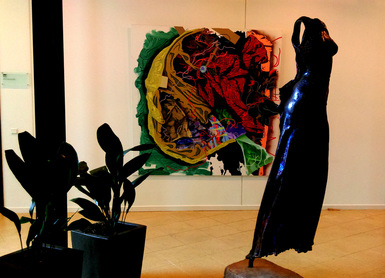
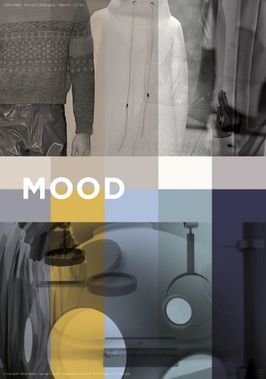
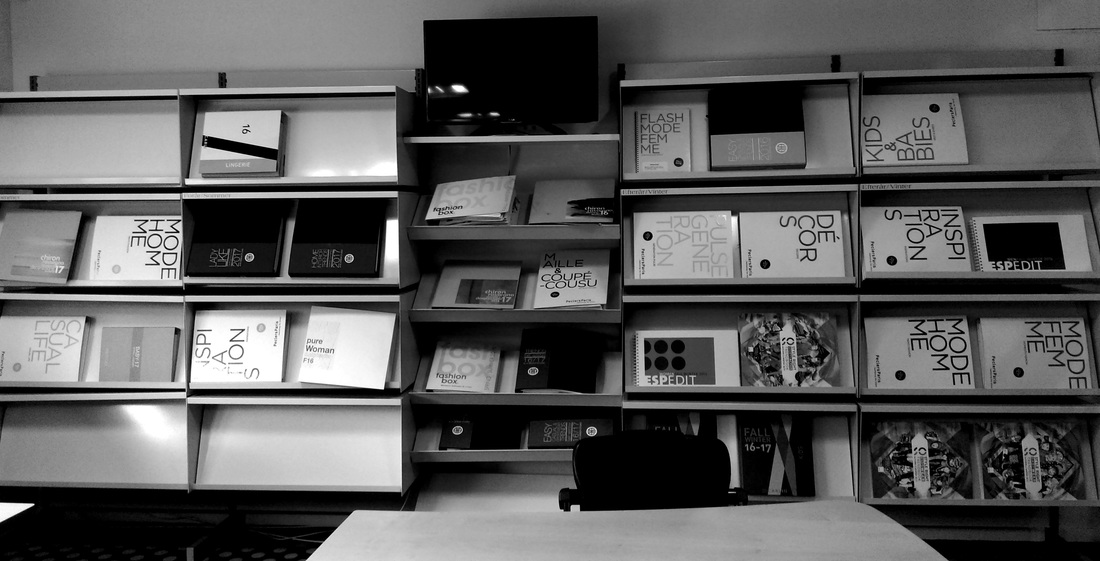
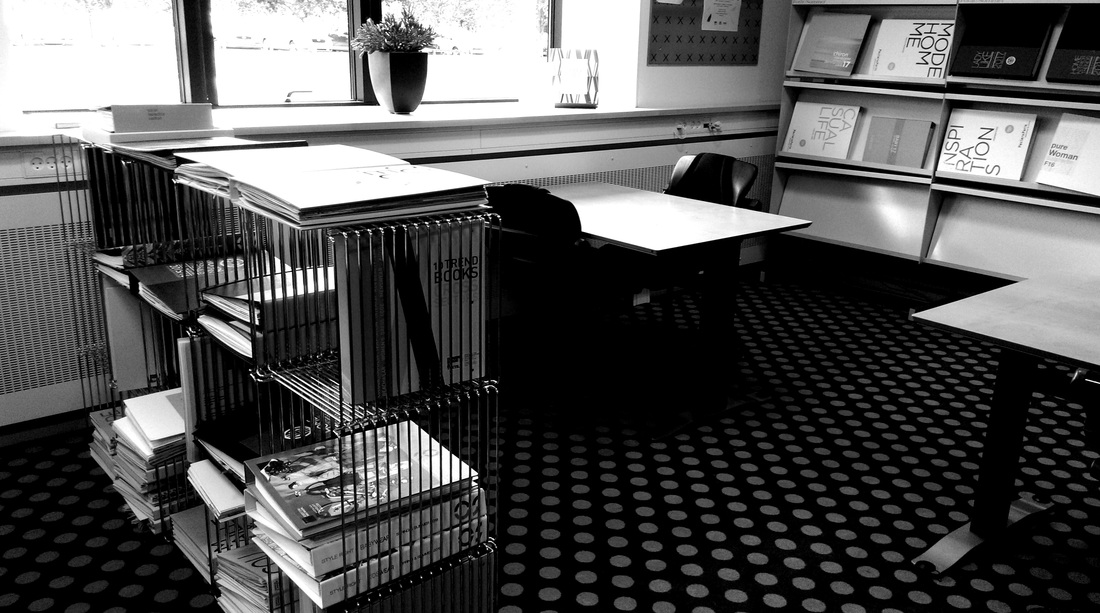
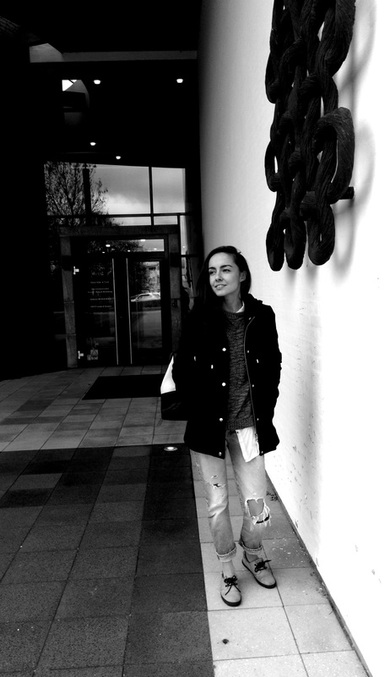
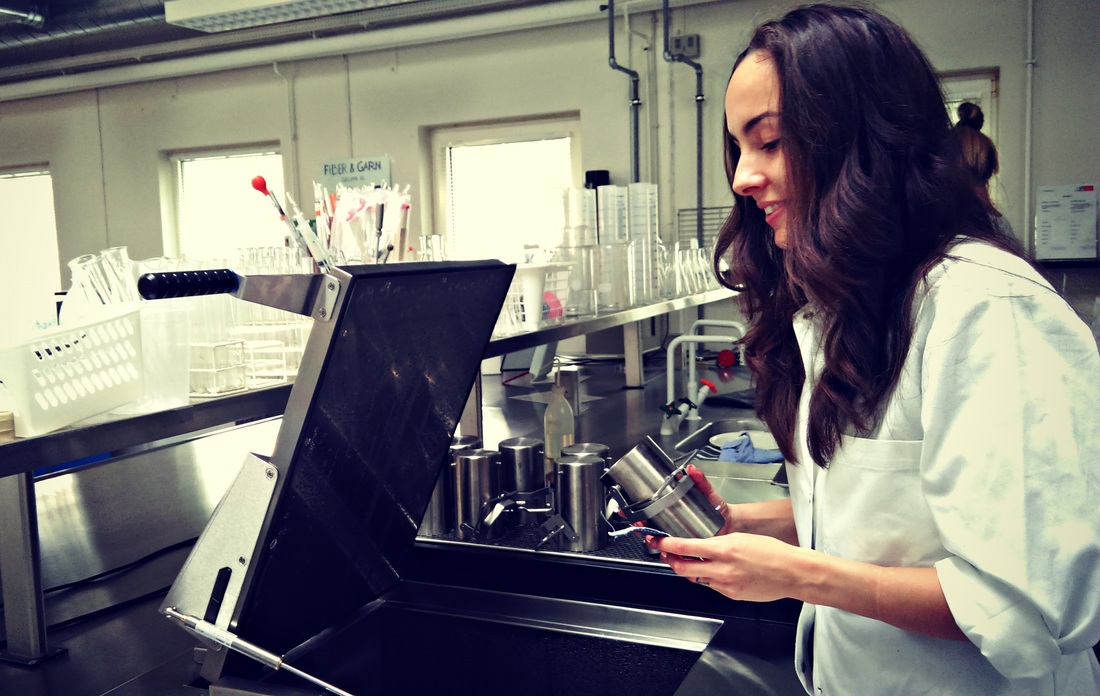
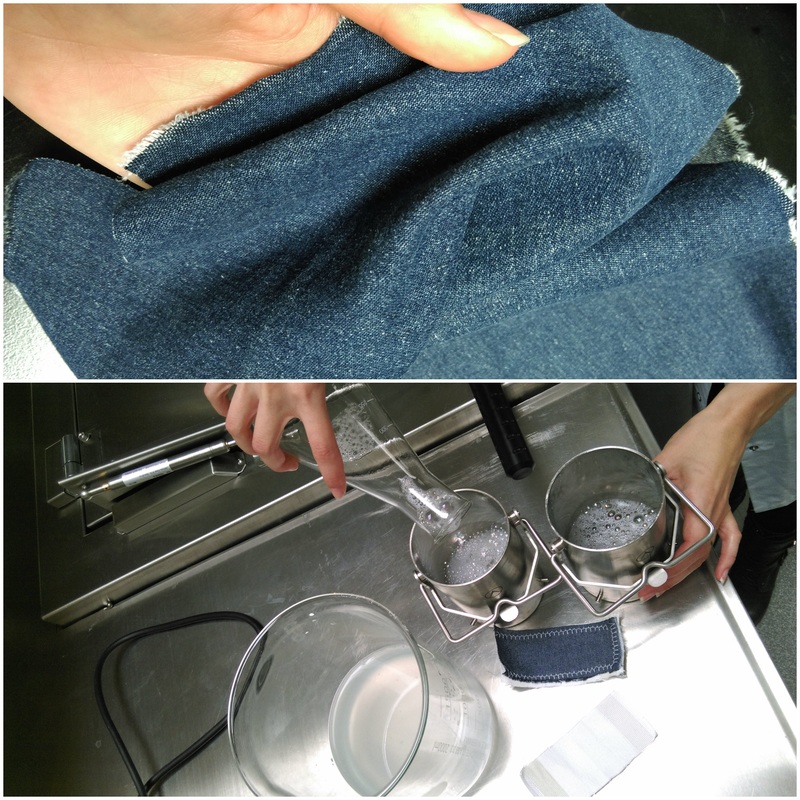
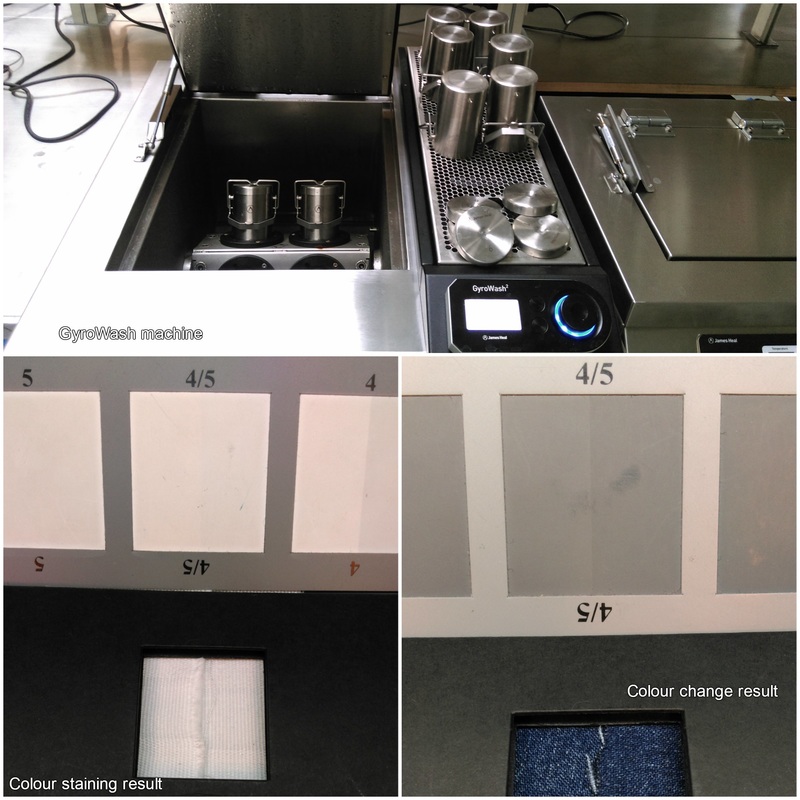
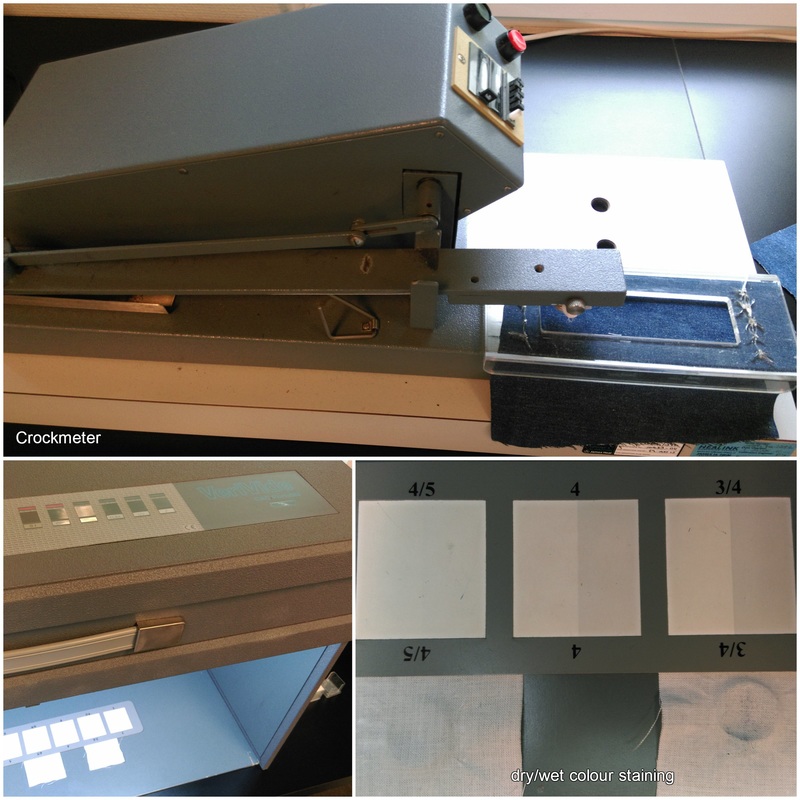
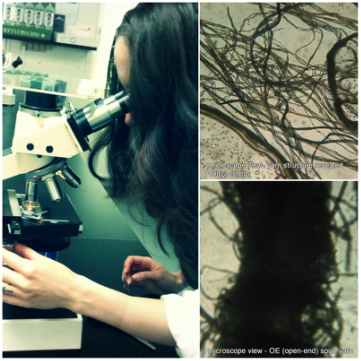
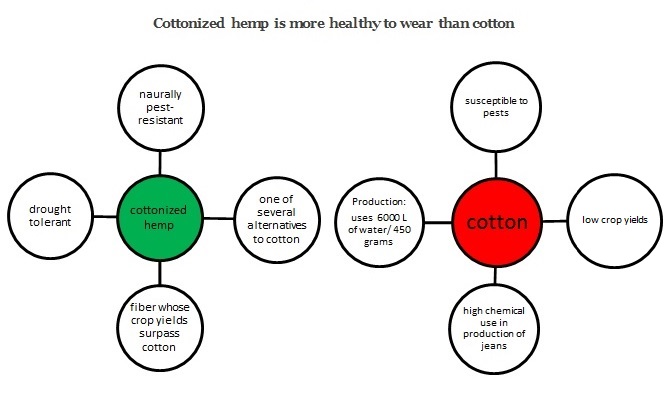
 RSS Feed
RSS Feed